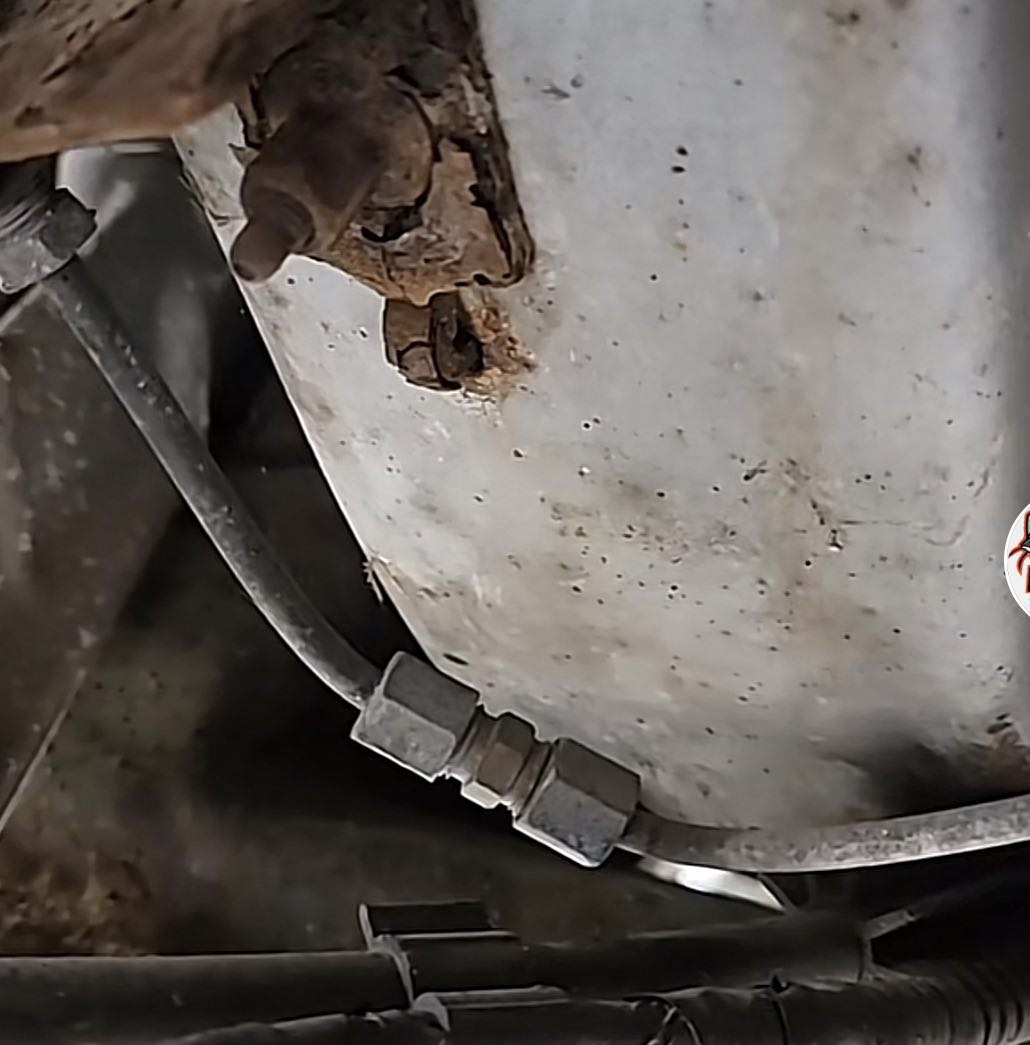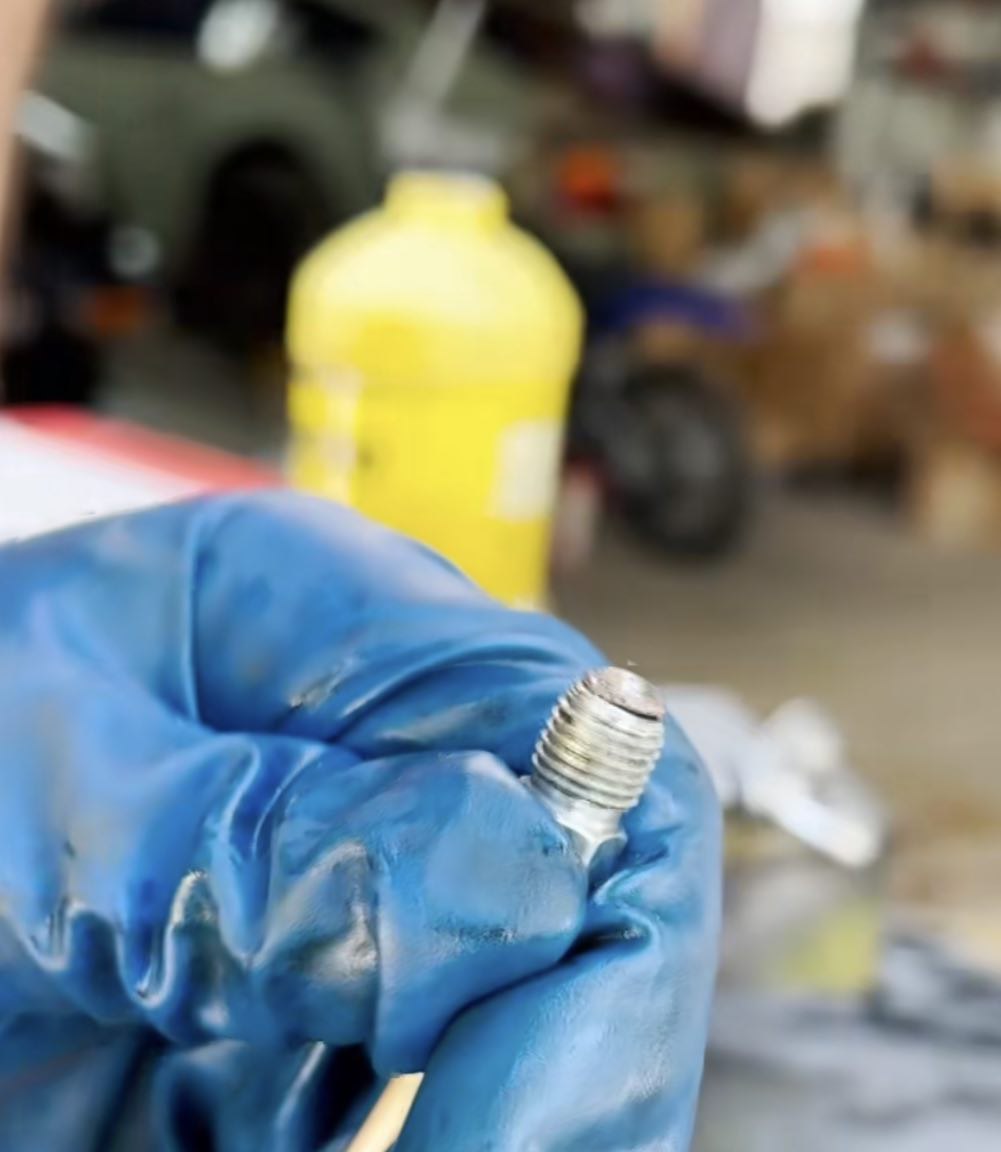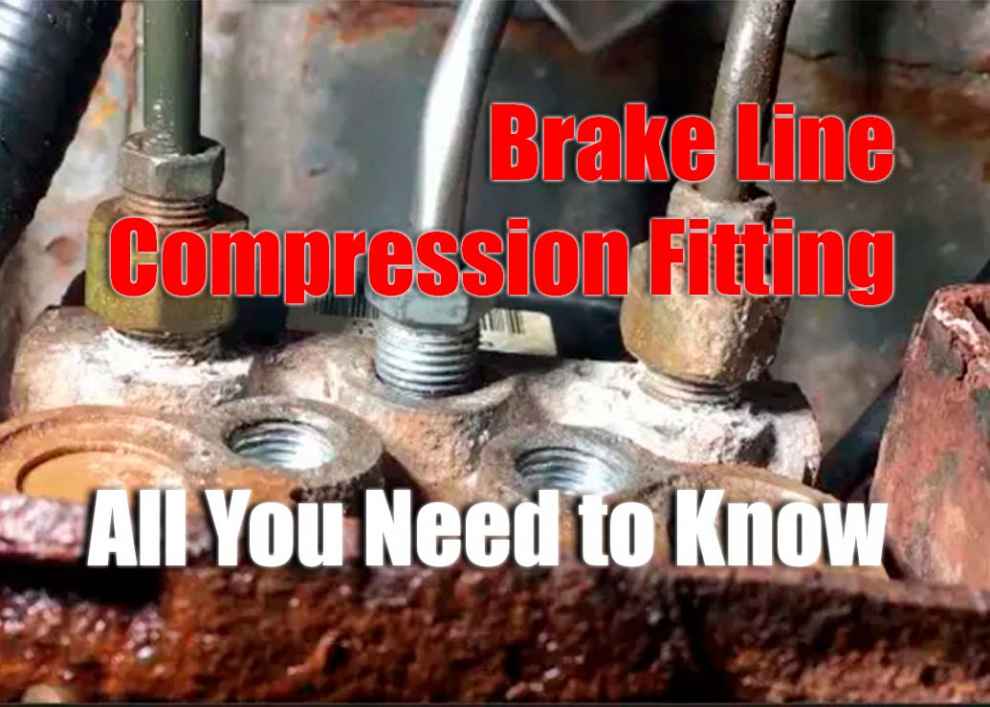Brake line compression fittings are an important part of your car’s brake system, but many people need to learn more about them. In this article, we will answer all your questions about brake line compression fittings in Jeeps, from what they are to how to install them and troubleshooting tips. By the end of this article, you will have a comprehensive understanding of these essential parts and how they affect your vehicle’s performance.
What Is a Brake Line Compression Fitting?

Benefits of Installing Brake Line Compression Fitting
By using brake line compression fitting, you can ensure your brakes function correctly and efficiently. Here are some of the benefits of installing brake line compression fittings:
-
Easy Installation: Installing a brake line compression fitting is much easier than soldering or using other methods to combine two metal lines. All you need is two wrenches and the appropriate tools for the specific connector you have chosen, making it an easy job that will take a little time to complete.
-
Cost Effective: These connections offer an easier installation process and cost much less than other types of connections available today. It makes them ideal for many automotive repair projects and DIY home repairs where money may be tight.
-
Durable: A properly installed brake line compression fitting offers superior strength and durability compared to alternative methods such as soldering or clamps alone, ensuring that your connection will last long into the future without any problems arising from corrosion or wear and tear over time.
-
Safe: When installing any automotive component, safety should always be considered first and foremost; thankfully, with a properly installed brake line compression fitting, you can rest easy knowing that your brakes will remain safe and secure thanks to its superior strength compared with other connection methods available today.
-
Versatile: Compression fittings are available in various sizes and materials, making them suitable for various automotive projects and other uses across different industries. It makes them a great option for anyone looking to make connections quickly and easily with confidence.
How to Install a Brake Line Compression Fitting
Installing a brake line compression fitting in your Jeep is a straightforward process that ensures your vehicle’s braking system operates efficiently and safely. To begin, gather the necessary tools and materials, including a new compression fitting, brake line tubing, flare nut wrench, tubing cutter, and brake fluid. Park your Jeep on a level surface and engage the parking brake. Locate the damaged or worn-out section of the brake line that needs replacement and carefully cut it using the tubing cutter to ensure a clean edge. Next, slide the flare nut onto the brake line tubing, followed by the compression fitting. Tighten the flare nut with the flare nut wrench until it forms a secure seal. Ensure there are no leaks or loose connections by performing a thorough inspection. Once everything is safe, bleed the brake system to remove any air bubbles, and finally, top up the brake fluid reservoir. Considering the Best Brake Pads for Jeep Grand Cherokee can be a crucial step in ensuring a complete and efficient upgrade to your brake system components.
Troubleshooting Tips for Brake Line Compression Fittings

Conclusion
Brake line compression fittings are an essential part of the braking system in your Jeep. They provide an easy-to-install and cost-effective way to connect two sections of a brake line without welding or soldering. While they are relatively easy to install, it’s important to be aware of potential problems and have the necessary troubleshooting skills should any issues arise. With the information provided in this article, you now understand what brake line compression fittings are, why they’re beneficial, how to install them correctly in your Jeep, and how to troubleshoot any potential problems that may arise.

Add Comment